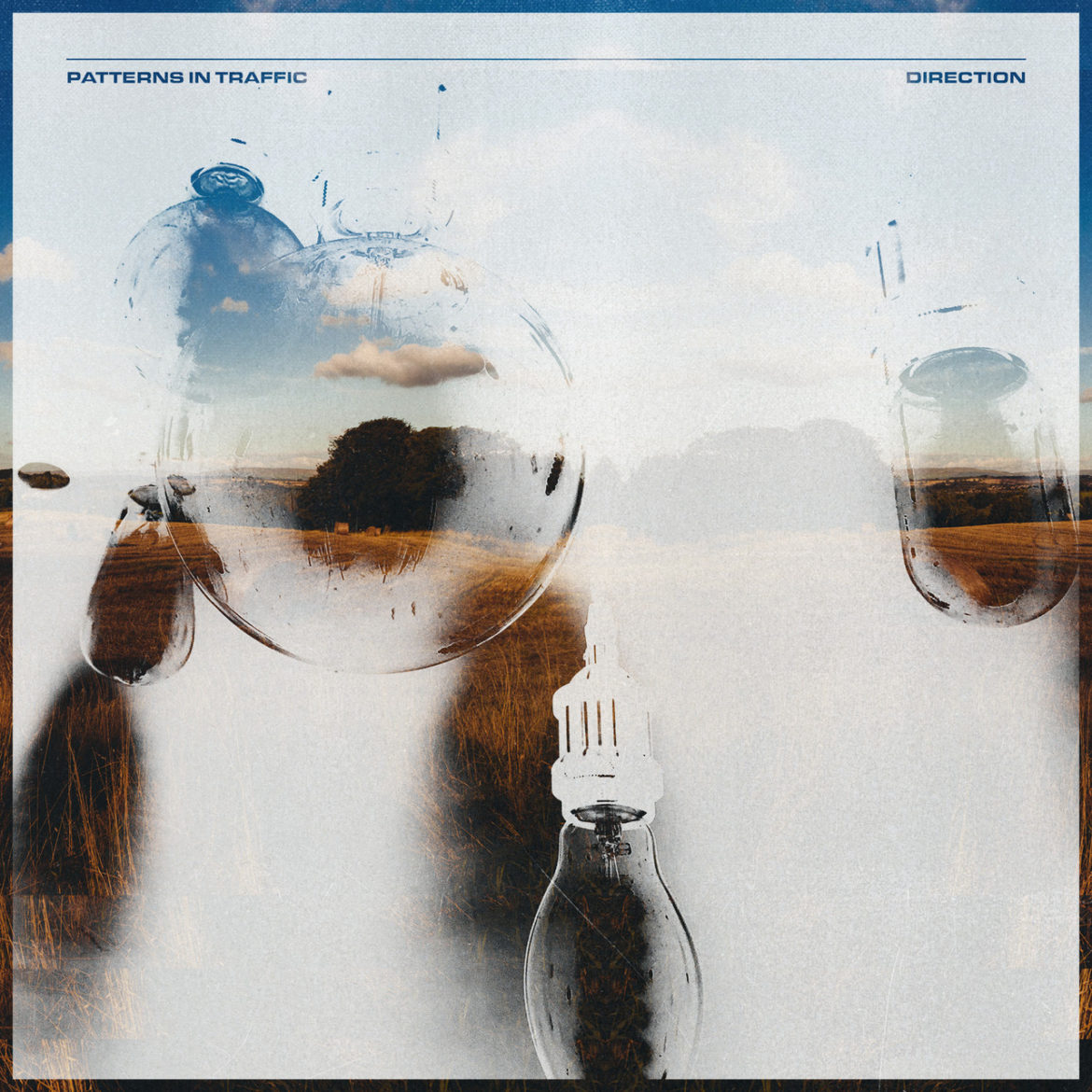 What’s the only thing more curious than a concept album? A local concept album.
What’s the only thing more curious than a concept album? A local concept album.
Such is why Patterns In Traffic’s “Direction” finds itself stuck at a red light more often than it does facing that ever-illusive green signal. According to Kyle Simmons, the one-man-band behind the Patterns In Traffic moniker, the six-song set is “a themed EP based on the six relative directions (forward, backward, left, right, up and down),” and the songs “explore different concepts and interpretations of those words.”
It’s not particularly the highest of high concepts, sure, but clearly, Simmons had a vision. The problem? While the singer/songwriter goes to great pains on his website to explain the stories behind each song here (honestly, check out patternsintraffic.com and find a trove of essays revolving around these things), the notion spends far too much time in the space between clever and forced.
Take opener “Forward,” which finds Simmons repeating the word incessantly throughout each chorus in a way that will admittedly stick on your head for days. Still, there’s something missing from the composition. He makes no secret of the fact that he’s the man behind every instrument here — even drums, which, according to his website, can be chalked up to some trickery in Logic — and perhaps that’s why the track hints at a lack of soul. Yeah, the droning guitar combines a neat mix of 10,000 Maniacs’ “These Are The Days” and … wait for it … Sixpence None The Richer’s “Kiss Me,” but when Simons tries to put on his aggressive face as the hook opens up, it lacks believability.
As for where the concept stretches thin, check “Down,” one of the weakest musical moments on the album. Playing with gloomy chords and a groove that never quite feels human, the bright spot is an infectious guitar hook that announces the songwriter as an artist who knows his way around a hook. Still, when you’re married to a through-line and the magic word is used so flippantly with a throwaway like “We could write down all of our regrets” … well, it just seems lazy. The world was never clamoring for a six-song EP dedicated to driving directions, so if you’re going to do it, at least take the time to make the concept more … conceptual.
Not all is lost, though. Sins can be forgiven with the ‘80s bubblegum of “Up.” Clearly the moment that calls the most people to the biggest dance floor, the track cements Simons’ place in pop. While each song on the EP displays the singer’s ability to toy with bright colors and sensitive sugar, this, the best track here, makes you yearn for an LP from him filled with more candy and less weight. Complete with lush backing harmonies throughout each chorus, Simons’ unassuming voice works best when it’s not asked to be taken as seriously, and the positivity behind the message of “Up” — “It’s not as scary as it seems if you turn the lights on,” he contends — plays well into his strengths. It’s a lovely detour.
Smoother roads continue with “Backward,” which serves as perhaps the sharpest metaphor offered on a record about relationships masked as some comment on traffic arrows. “Fall back to you” is the money line here, and if you’re going to write something about traveling in that direction, you could do worse — especially if that phrase is followed by something like “My world is spinning and you’re all I can hold on to.” What makes the song stand out is the fact that it holds the set’s most fascinating moment: With a little less than a minute to go, the track spreads out to make room for a drum break that sounds weirdly real … even if it’s all through the magic of Logic. Why Simons would opt for such a moment is confusing when you consider how intense it could have been with a real drummer. It just feels like going out of your way to highlight a pothole.
“Right,” meanwhile, rocks a little harder than it should. Why Simons tries so desperately to gain an edge is beyond comprehension — his soft, pop-emo voice doesn’t lend itself to it, and try as he may, the heft of the production just isn’t there, making the statements of grit feel more and more insincere. Even the whiny guitar lead feels shoehorned into a place where perhaps a synthesizer would have done him better. Conversely, “Left” highlights the singer’s tenderness as he channels Ben Folds and becomes considerably more victorious. There’s no real need for an accompanying “band” to kick in after the halfway point, but he still gets points for understanding how to craft a solid ballad.
What he doesn’t receive points for, however, is his ability to understand what he does best. If Kyle Simons wants to write pop music, the sky above him is limitless. If he wants Patterns In Traffic to be a serious rock project, he might want to reconsider his route. Either way, “Direction” comes off as a guy trying to find his footing as an artist, which isn’t always a bad thing, and, at the utmost least, can always be forgiven.
The only thing that matters now is a simple question: As Kyle Simons speeds ahead, which lane will he ultimately choose to use?
** 2 STARS OUT OF 4 **

